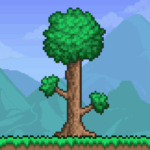Advertisement
Popular Now
Stardew Valley, the beloved farming simulation game developed by ConcernedApe, masterfully integrates the concept of seasons into its gameplay mechanics and narrative. Each of the four seasons—Spring, Summer, Fall, and Winter—introduces unique crops, activities, and challenges that influence both the individual player's farming strategies and the broader community dynamics. This article will delve into the significance of seasonal changes in Stardew Valley, exploring how they affect farming, relationships, festivals, and ultimately the player’s experience and engagement with the game.
 In Stardew Valley, seasons dictate the rhythm of life on the farm and in the town. Each season lasts for 28 in-game days, with specific crops, foraging opportunities, and events available during that time. Understanding the seasons is crucial for players who wish to maximize their productivity and engage fully with the community.
In Stardew Valley, seasons dictate the rhythm of life on the farm and in the town. Each season lasts for 28 in-game days, with specific crops, foraging opportunities, and events available during that time. Understanding the seasons is crucial for players who wish to maximize their productivity and engage fully with the community.
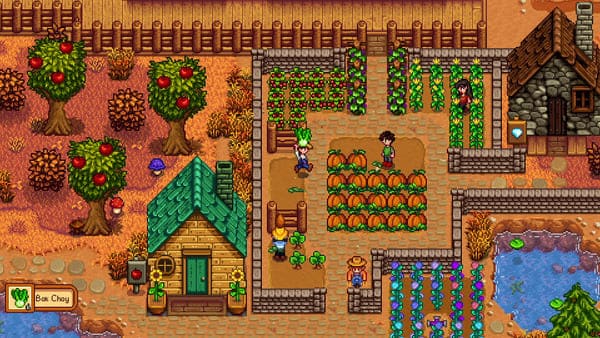
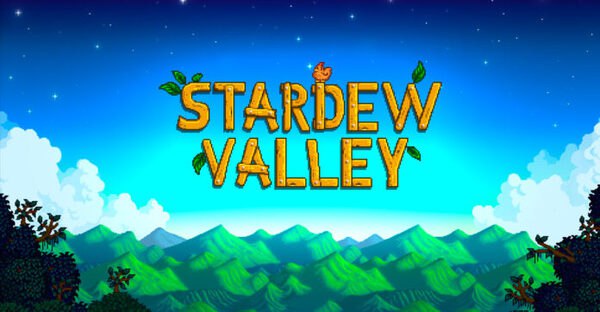
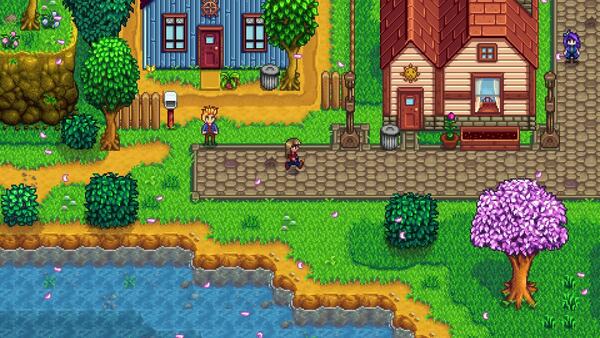
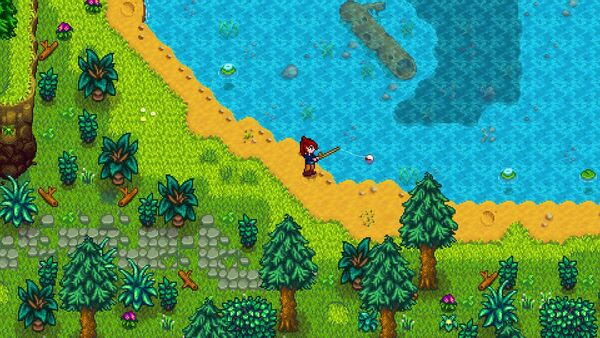 Winter presents two significant festivals: the Festival of Ice and the Feast of the Winter Star.
Winter presents two significant festivals: the Festival of Ice and the Feast of the Winter Star.
The Role of Seasons: An Overview
 In Stardew Valley, seasons dictate the rhythm of life on the farm and in the town. Each season lasts for 28 in-game days, with specific crops, foraging opportunities, and events available during that time. Understanding the seasons is crucial for players who wish to maximize their productivity and engage fully with the community.
In Stardew Valley, seasons dictate the rhythm of life on the farm and in the town. Each season lasts for 28 in-game days, with specific crops, foraging opportunities, and events available during that time. Understanding the seasons is crucial for players who wish to maximize their productivity and engage fully with the community.
Seasonal Crops and Farming Strategies
Each season brings its own set of crops, which players can plant and harvest. Understanding the growth cycles of these crops is essential for effective farming.Crop Rotation
Players must strategize their planting to make the most of the growing seasons. For instance, strawberries are available in Spring, and they can be harvested multiple times. Conversely, crops like corn can be planted in both Summer and Fall, allowing for a more extended harvest.List of Seasonal Crops

- Spring: Strawberries, Cauliflower, Potatoes
- Summer: Blueberries, Melons, Tomatoes
- Fall: Pumpkins, Cranberries, Eggplants
- Winter: No crops grow outdoors (though Winter Seeds can be planted)
The Time Crunch
With each season providing only 28 days, players feel a time crunch that adds tension and excitement to their farming endeavors. Efficient planning is necessary to ensure that crops are planted and harvested in a timely manner, which influences not only the player's income but also their ability to complete community goals.Festivals: Celebrating the Seasons
Seasonal festivals in Stardew Valley play a crucial role in community engagement, offering players opportunities to connect with townsfolk and participate in unique activities.Spring Festivals: Egg Festival and Flower Dance
The Spring festivals set the tone for community interactions. The Egg Festival, held on the 13th of Spring, encourages players to engage in friendly competition.Egg Festival Activities

- Egg Hunt: Players compete to find the most eggs hidden around the town.
- Community Gathering: This event fosters a sense of camaraderie among townsfolk.
Flower Dance Highlights
- Dance with a Partner: Players can ask a character to dance, deepening their relationship.
- Gifts and Festivities: Participating in the dance provides opportunities for character interactions and gift exchanges.
Summer Festivals: Luau and Dance of the Moonlight Jellies
Summer introduces the Luau, a vibrant celebration that showcases the community's culinary skills.Luau Highlights
- Potluck: Players contribute a dish, influencing their reputation with the townsfolk based on the dish's quality.
- Community Building: The Luau serves as a reminder of the community’s shared experiences and culture.
Moonlight Jellies Features

- Community Bonding: Players gather on the beach to watch the jellies, promoting reflection and togetherness.
- Character Interactions: This event allows players to deepen relationships while enjoying the serene atmosphere.
Fall Festivals: Harvest Festival and Spirit’s Eve
Fall brings the Harvest Festival, emphasizing gratitude and community.Harvest Festival Activities
- Sharing Food: A focus on collective abundance encourages players to interact positively with townsfolk.
- Games and Competitions: Fun activities foster a competitive spirit while also enhancing community bonds.
Spirit’s Eve Highlights
- Haunted Maze: Players navigate a spooky maze, which adds a fun challenge to the festivities.
- Character Interactions: The event offers opportunities to learn more about the characters’ perspectives on life and the supernatural.
Winter Festivals: Festival of Ice and Feast of the Winter Star
 Winter presents two significant festivals: the Festival of Ice and the Feast of the Winter Star.
Winter presents two significant festivals: the Festival of Ice and the Feast of the Winter Star.
Festival of Ice Features
- Ice Fishing: Players can participate in ice fishing contests, combining seasonal activities with community spirit.
- Games: The festival emphasizes fun and teamwork, helping players bond with townsfolk.
Feast of the Winter Star Activities
- Gift Exchange: Players must select thoughtful gifts for their chosen character, encouraging relationship-building.
- Community Celebration: The event emphasizes the importance of giving and sharing, reinforcing the themes of connection and support.
The Impact of Seasonal Changes on Relationships
Seasons in Stardew Valley not only influence farming but also significantly affect player relationships with the townsfolk.Relationship Dynamics
Each season provides unique opportunities for players to deepen their relationships with the various characters, leading to valuable benefits.Gift-Giving Opportunities
The seasonal changes affect the availability of gifts. Certain items are only obtainable in specific seasons, making it crucial for players to plan their gifting strategies accordingly.Seasonal Gifts List
- Spring: Daffodils, Tulips
- Summer: Spice Berry, Hot Peppers
- Fall: Blackberry, Pumpkin
- Winter: Winter Root, Snow Yam
Heart Events and Seasonal Influence
Heart events are pivotal moments that deepen character relationships. The timing of these events is influenced by seasonal activities and player choices.Seasonal Heart Events
- Spring: Characters may open up about their dreams and aspirations during the Flower Dance.
- Summer: The Luau provides opportunities for characters to discuss food and community values.
- Fall: Characters reflect on the harvest and what it means to them during the Harvest Festival.
- Winter: Characters often share personal stories and vulnerabilities during the Feast of the Winter Star.
The Economic Implications of Seasons
Seasons in Stardew Valley are not just about farming and relationships; they also have significant economic implications that players must navigate.Crop Economics
The economic cycle is heavily influenced by the seasons, with different crops providing varying levels of income.Seasonal Profitability
- Spring Crops: Quick-growing but lower profit margins (e.g., potatoes).
- Summer Crops: Higher profitability with multi-harvest options (e.g., blueberries).
- Fall Crops: High-value crops (e.g., pumpkins) that can yield substantial profits.
Crafting and Artisan Goods
Seasons also influence the availability of artisan goods, which can be a significant source of income.Seasonal Artisan Goods
- Spring: Flower honey from bee hives.
- Summer: Jams and pickles from summer fruits.
- Fall: Pumpkin juice and apple cider from harvested crops.
Challenges and Adaptations: Surviving the Winter
While the changing seasons bring many opportunities, they also introduce challenges that players must navigate, especially during Winter.The Harshness of Winter
Winter presents unique challenges, as players cannot grow most crops outdoors. This limitation requires players to adapt their strategies significantly.Planning for Winter
To survive the harsh winter months, players must focus on alternative sources of income:- Greenhouses: Unlocking the greenhouse allows for year-round crop cultivation.
- Animal Husbandry: Investing in animals becomes crucial, as they provide eggs, milk, and wool.
- Foraging: Players can gather winter forage items, which can be sold or used for crafting.
Overcoming Winter Challenges
Players must strategically prepare for Winter to ensure they remain financially stable and engaged with the game.Seasonal Adaptations
- Stockpiling Resources: Players should gather materials and food during the other seasons to ensure they can survive Winter.
- Crafting Winter Seeds: Using foraged items to craft Winter Seeds can provide additional resources during the cold months.
The Emotional Landscape of Seasons
Beyond gameplay mechanics, the changing seasons in Stardew Valley evoke emotional responses that deepen the player experience.Seasonal Themes and Mood
Each season carries distinct themes and emotional tones that resonate with players. The vibrant colors of Spring and Summer contrast sharply with the muted tones of Fall and Winter, influencing player emotions and experiences.The Joy of Spring
Spring signifies renewal and growth, igniting excitement and hope for players as they embark on their farming journey.The Serenity of Winter
In contrast, Winter brings a sense of calm and introspection, encouraging players to reflect on their accomplishments and relationships.Community Spirit Through Seasons
The festivals and community events associated with each season foster a sense of belonging and connection among players and the game's characters.Seasonal Reflections
- Spring: A time for new beginnings and hope.
- Summer: Celebrating abundance and community.
- Fall: Reflecting on harvest and gratitude.
- Winter: Emphasizing togetherness and the warmth of relationships.















